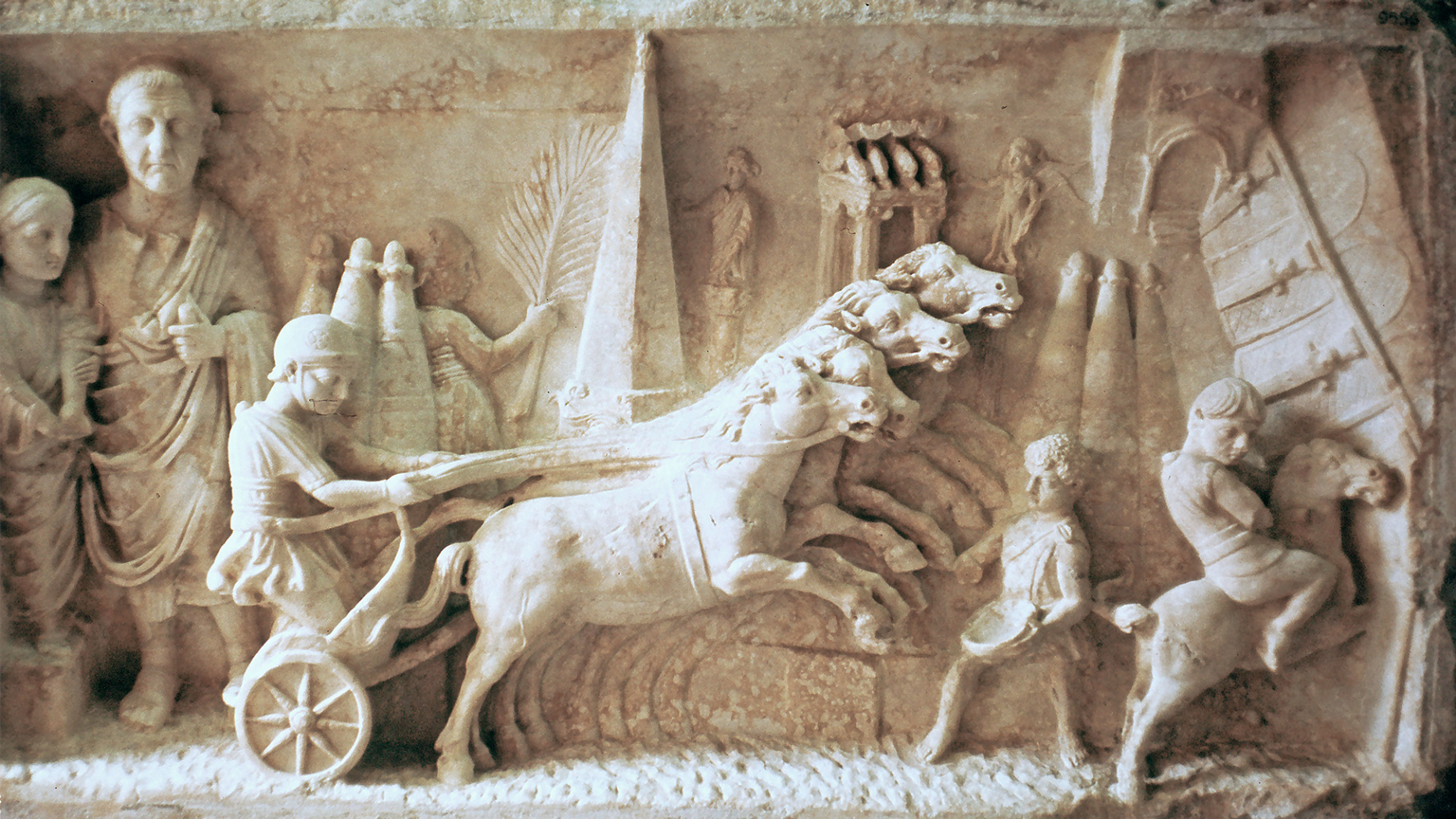

It was not unusual at that time for an artist to paint several versions of a popular subject in different sizes. The Manchester Art Gallery in England owns a version, which may be seen on its website. Wagner painted other versions one was shown to critical acclaim at the Centennial Exhibition in Philadelphia in 1876. The print was well received the New York Times noted: “Of the style of execution we can speak only in the highest terms.”Īlexander von Wagner (1838–1919), a Hungarian artist active in Germany, also enjoyed considerable success when he exhibited the painting Chariot Race in Europe in 1872. This etching was one of the largest made in the US at the time.

Ferris, known for his portraits, etched the figures and the rest of the architecture. Moran, who would specialize in animal subjects, etched the horses, the archway in the background, and the roadway. Once the raced started, chariots could move forward no matter what, including purposefully causing extreme crashes, called naufragia. R.Wray's 1893 Review of Etching in the United States. Unlike Greek chariot races, which had 12 laps, a Roman chariot race consisted of only seven turns around the circus. The young artists, who were new to the etching medium, fabricated their plate from the bottom of a copper boiler, according to H. The scale of the work required an oversized copper plate, which was difficult to find. Stephen Ferris collaborated with his brother-in-law Peter Moran in 1875 to make this large reproductive etching of Alexander von Wagner’s stirring painting Chariot Race in the Circus Maximus, Rome in the Presence of the Emperor Domitian. Chariot racing stirred up both love and hate in ancient Rome.


 0 kommentar(er)
0 kommentar(er)
